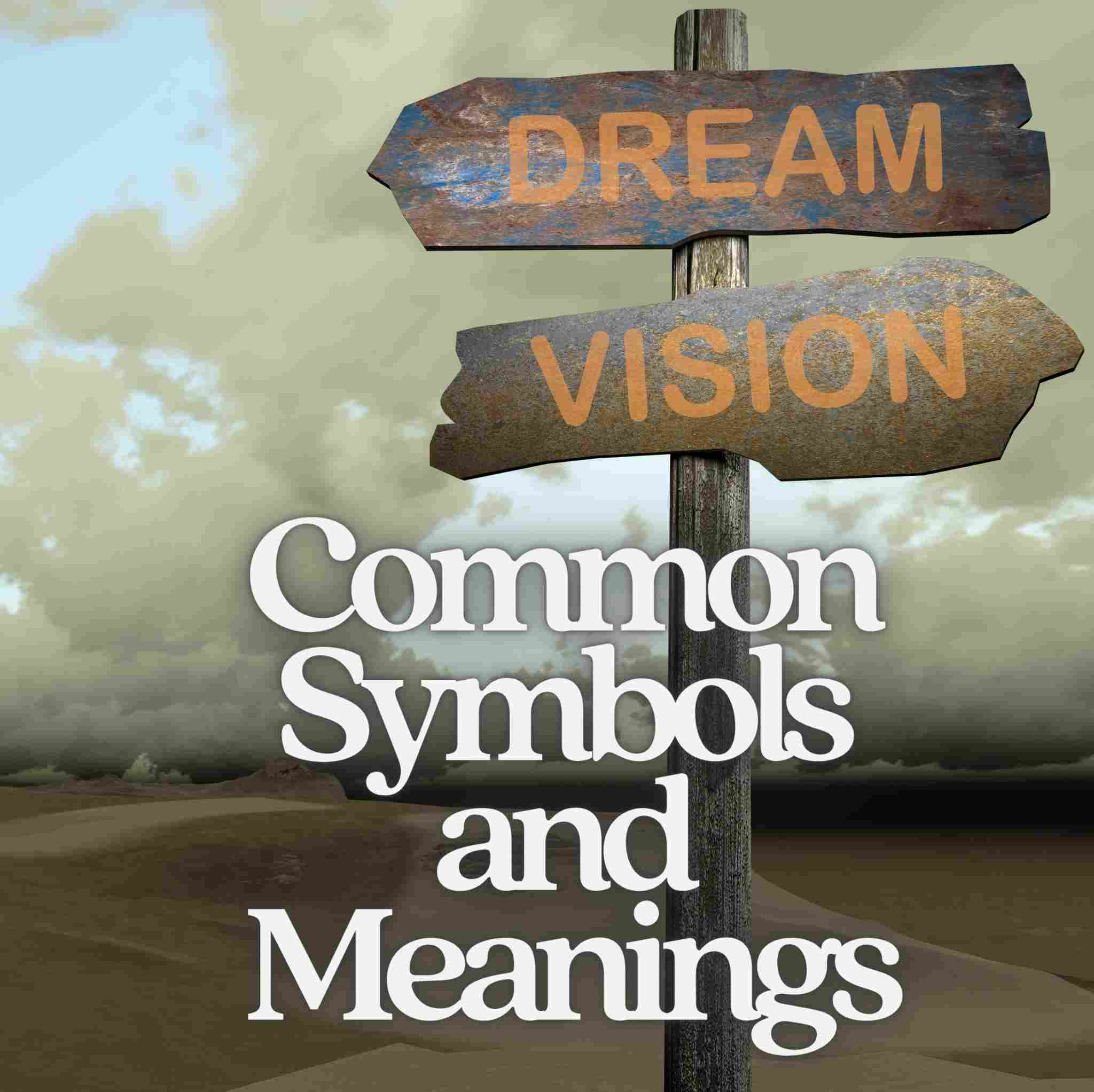The Secrets To a Good Night's Sleep
The more comfortable you are in your bed, the more likely you are to
get a good night's sleep. That's a fact - pure and simple. While
there are many factors that contribute to a restful night's sleep,
the two biggies are:

- The type of mattress
- Your sleep posture
In fact, a better mattress and the right sleep posture can even enhance your ability to lucid dream - if you know what features to look for.
A brand new mattress can be quite an investment. However, if you're shopping for beds anyway (or just replacing an old, dingy mattress) spending time choosing the right mattress for you is worthwhile. Here are some tips to help you get a good night's sleep.
Choosing The Right Mattress
You have plenty of mattress options available to choose from, so do your research before making a decision. Mattress Wiz is a useful source of mattress reviews.
Once you have an idea of what mattress interests you most, compare mattress prices online - as salesmen are notoriously pushy. (Then go to a showroom and test a few out so you know exactly what you're getting.)
Here are a couple of mattress types that will help ensure a good night's sleep.
- Memory Foam Mattresses and Toppers - While memory or latex foam mattresses typically have a higher price point, for restless sleepers they are worth the investment. The Visco foam contained in most memory foam mattresses hugs all contours of your body. This helps to eliminate tossing and turning as well as providing relief to pressure points. As a more affordable option, a mattress topper also helps proper alignment of the spine, whichever way you prefer to sleep.
- Innerspring & Coil Mattresses - Traditional innerspring mattresses also provide excellent support and can relieve back pain - just make sure you select the right level of firmness for your body. The coils are present throughout the entire mattress, helping to evenly distribute your body weight, support the lower back, and keep the shoulders and waist from sinking during sleep. They usually come in soft, medium and firm and should be tested out beforehand.
The Importance Of Sleep Posture
Since lucid dreaming occurs during the REM stage of sleep (roughly 90 minutes after sleep onset), it's essential that you're comfortable all through the night. While your mattress plays a big part in your comfort, posture is also important. Here are some sleep posture tips to help you get a good night's sleep.
-
 Back Sleepers -
If you're a back sleeper, experts suggest placing a pillow behind
your head and tucking another pillow underneath your knees. This
helps to relieve pressure on your lower back.
Back Sleepers -
If you're a back sleeper, experts suggest placing a pillow behind
your head and tucking another pillow underneath your knees. This
helps to relieve pressure on your lower back.
- Side Sleepers - Besides being the healthiest sleep posture advised by chiropractors, side sleepers also tend to have more success with lucid dreaming. Place one or two pillows underneath your head and neck to help ensure proper spinal alignment. Then place an extra pillow in between your knees to open up your hips and prevent your knees from knocking.
- Stomach Sleepers - If you're a stomach sleeper, try tucking a pillow underneath your hips to relieve strain off of your lower back and neck. Keep in mind that you may find it difficult to lucid dream on your stomach, so try to sleep on your side or back if you can.
By ensuring that you are as comfortable as possible from the moment your head hits the pillow, you're likely to have more success learning how to lucid dream. What's more, with the right mattress and proper sleeping posture, you're going to wake up feeling better rested after a really good night's sleep.
















